The Intricate Web of Forest Life
- August 16, 2024
- 0 comment
Forests are vibrant ecosystems teeming with life, where every organism, from the tiniest microbe to the tallest tree, plays a vital role in maintaining balance. The intricate web of forest life is a testament to nature’s complexity and resilience. Trees, the giants of the forest, provide shelter and sustenance for countless species, their roots interwoven with fungal networks that facilitate nutrient exchange. This symbiotic relationship extends to the animals that inhabit the forest, with birds, insects, and mammals all contributing to the health and growth of their environment. Predators and prey, herbivores and decomposers, each have their niche, creating a dynamic system of checks and balances.
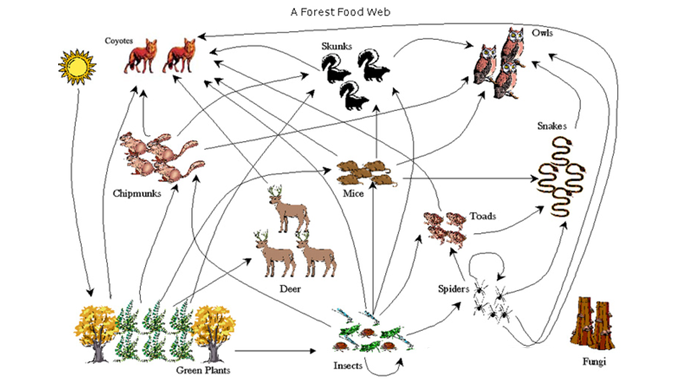
Seasonal changes bring about shifts in activity, with animals and plants adapting to the rhythms of nature. This delicate balance can be easily disrupted by external factors such as climate change, deforestation, and pollution, underscoring the need for conservation efforts. Understanding the intricate web of forest life helps us appreciate the interconnectedness of all living things and the importance of preserving these magnificent ecosystems for future generations.
Table of Content
- The Foundation: Trees and Plants
- Symbiotic Relationships
- Animal Life in Forests
- Seasonal Changes and Adaptations
- Human Impact on Forest Ecosystems
- Conservation and Restoration Efforts
- FAQs
The Foundation: Trees and Plants
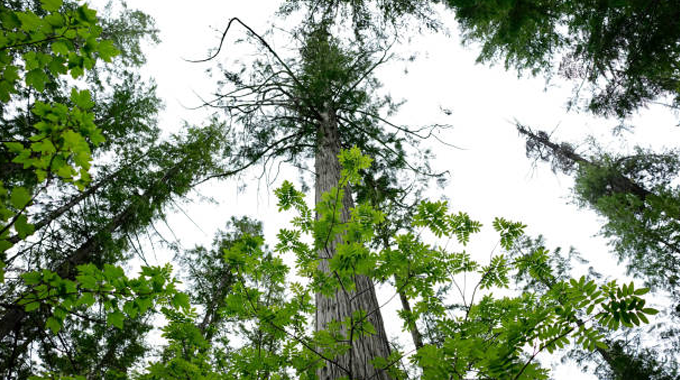
Forests are the lungs of our planet, and trees are their primary producers. These towering giants form the backbone of forest ecosystems, providing shelter, food, and a host of ecological services. Trees engage in photosynthesis, a process that converts carbon dioxide into oxygen, thus sustaining countless forms of life. The diversity of plant life in forests is astounding, with countless species coexisting and contributing to the ecosystem’s health. From the understory plants to the towering canopies, each plant plays a unique role. The importance of this diversity cannot be overstated; it ensures resilience against diseases, pests, and environmental changes, maintaining a balanced and robust ecosystem.
Symbiotic Relationships

The forest floor is a complex network of relationships, many of which are symbiotic. Mycorrhizal networks, for example, involve fungi forming mutually beneficial relationships with tree roots. These fungi extend far into the soil, helping trees absorb water and nutrients more efficiently while receiving carbohydrates in return. Mutualistic relationships abound in forests, from plants relying on insects for pollination to animals spreading seeds. A prime example is the relationship between bees and flowering plants, where bees get nectar and plants get pollinated. These interconnected relationships highlight the interdependence of forest life, ensuring the ecosystem remains vibrant and dynamic.
Animal Life in Forests

The animal inhabitants of forests play critical roles in maintaining ecological balance. Herbivores, such as deer and insects, help control plant populations, preventing any single species from dominating. Predators, like wolves and big cats, keep herbivore populations in check, ensuring that overgrazing does not occur. Keystone species, such as the beaver, create habitats for other organisms through their activities, demonstrating the profound impact certain species can have on their environment. Decomposers, including fungi and bacteria, break down dead organic matter, recycling nutrients back into the soil and promoting new plant growth. Each animal, whether predator, prey, or decomposer, contributes to the delicate balance of forest life.
Seasonal Changes and Adaptations
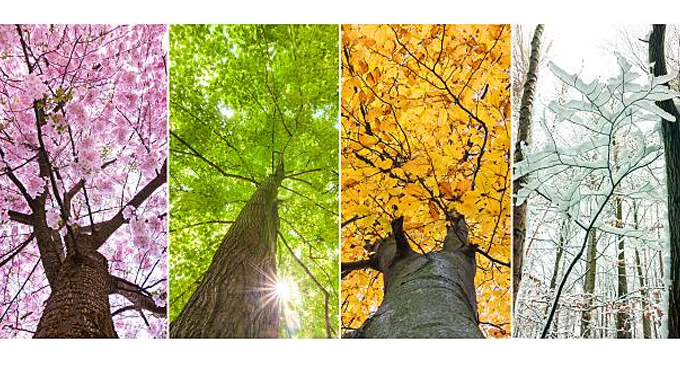
Forests are dynamic environments that change with the seasons. In spring, new growth bursts forth, providing fresh food for herbivores. Summer brings an abundance of life, while autumn signals a time of preparation for the coming cold. Animals and plants have developed various adaptations to survive these seasonal changes. Some animals migrate to warmer regions, while others, like bears, hibernate to conserve energy. Plants may shed their leaves to reduce water loss in winter or develop thick bark to protect against the cold. These adaptations showcase the resilience and ingenuity of forest life in coping with the cyclical nature of their environment.
Human Impact on Forest Ecosystems

Human activities have profound effects on forest ecosystems. Deforestation and habitat destruction disrupt the intricate web of life, leading to the loss of biodiversity and ecosystem services. Climate change exacerbates these effects, altering weather patterns and affecting the distribution of plant and animal species. Pollution, from chemicals to plastics, further degrades forest environments, impacting both flora and fauna. The cascading effects of these impacts highlight the urgent need for sustainable practices and conservation efforts to protect and restore forest ecosystems.
Conservation and Restoration Efforts
Preserving forest ecosystems is crucial for maintaining biodiversity and ecological balance. Current conservation strategies, such as protected areas and sustainable forestry practices, aim to mitigate human impact and promote ecosystem health. There have been notable successes in forest restoration projects, such as reforestation efforts in the Amazon and the restoration of mangrove forests in Southeast Asia. Individuals and communities can contribute to these efforts by supporting conservation organizations, advocating for sustainable practices, and participating in local tree-planting initiatives. Together, these actions help safeguard the intricate web of forest life for future generations.
Frequently Asked Questions (FAQs)
- What is the role of trees in forest ecosystems?
Trees are the primary producers in forest ecosystems. They engage in photosynthesis, converting carbon dioxide into oxygen and providing food and shelter for countless species. Their roots help stabilize the soil, and their leaves and branches create a habitat for a diverse range of organisms. - How do mycorrhizal networks work?
Mycorrhizal networks involve a symbiotic relationship between fungi and tree roots. The fungi extend their hyphae far into the soil, increasing the surface area for water and nutrient absorption. In return, the trees provide the fungi with carbohydrates produced through photosynthesis. - What are some examples of mutualistic relationships in forests?
Examples include bees pollinating flowers while collecting nectar, birds dispersing seeds after consuming fruit, and ants protecting trees from herbivores in exchange for food. - How do herbivores and predators maintain balance in forest ecosystems?
Herbivores control plant populations by feeding on them, preventing any single species from becoming too dominant. Predators keep herbivore populations in check, ensuring that they do not overgraze and deplete vegetation. - Why are keystone species important in forests?
Keystone species have a disproportionately large impact on their environment relative to their abundance. Their activities create habitats and resources for other organisms, contributing to biodiversity and ecosystem stability. An example is the beaver, which creates wetlands that support diverse life forms. - How do seasonal changes affect forest life?
Seasonal changes bring shifts in temperature, light, and food availability. Plants and animals have adapted to these changes through behaviors such as migration, hibernation, and shedding leaves. These adaptations help them survive and thrive throughout the year. - What are the main human impacts on forest ecosystems?
Major human impacts include deforestation, habitat destruction, climate change, and pollution. These activities disrupt the balance of forest ecosystems, leading to loss of biodiversity and degradation of ecosystem services. - How can we contribute to forest conservation and restoration?
Individuals can support conservation by participating in tree-planting initiatives, advocating for sustainable practices, and supporting organizations dedicated to forest protection. Communities can engage in local conservation projects and educate others about the importance of forests. - What are some successful examples of forest restoration projects?
Successful restoration projects include reforestation efforts in the Amazon Rainforest, the restoration of mangrove forests in Southeast Asia, and the reintroduction of native plant species in various parts of the world. These projects help restore ecological balance and enhance biodiversity. - Why is plant diversity important in forests?
Plant diversity ensures resilience against diseases, pests, and environmental changes. A diverse plant community supports a wider range of animal species and contributes to the overall health and stability of the ecosystem.

Gilbert Griffin
Forestry AuthorGilbert Griffin is a forest management expert specializing in sustainable practices, forest health, conservation, and land management. With extensive knowledge in pest control, disease management, and habitat restoration, Gilbert develops strategies to preserve forest ecosystems and biodiversity. Passionate about the natural world, Gilbert adapts to changes in forest management and stays updated through continuous learning. Gilbert also provides seasonal advice to optimize forest care throughout the year.



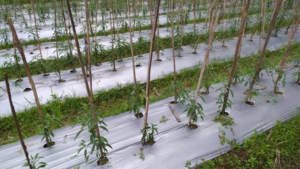

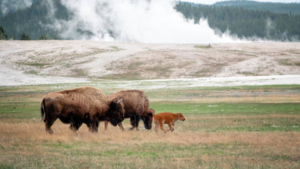


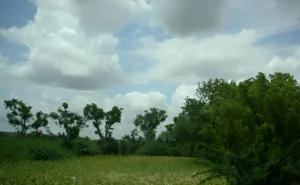

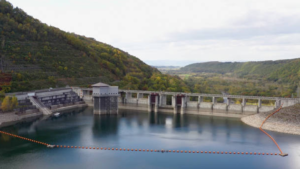

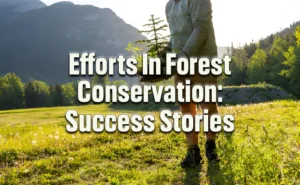
Leave your comment